- Joined
- Jan 7, 2009
- Messages
- 10,461
Re: Article: Over Grading of Blue Fluorescent Diamonds Revis
Karl- from the sound of it, GIA made an error on the FL grading of your stone.
I have seen this happen on a limited number of occasions.
Karl_K|1458829665|4010352 said:I know of one diamond that only responds to some wavelengths of UV and not others and is a gia none that turns blue in sunlight from fluorescence.Garry H (Cut Nut)|1458788470|4010199 said:But I must stress on my behalf - I am focusing mainly on VV not UV, because I think there is plenty of evidence that windows cut out most UV.
One question in my mind is how well does the gia rating predict how a diamond will respond to VV?
Once one starts down this road it opens a lot of questions.
Karl- from the sound of it, GIA made an error on the FL grading of your stone.
I have seen this happen on a limited number of occasions.

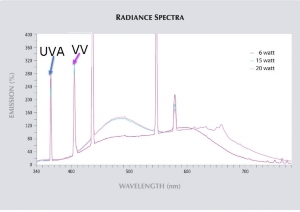
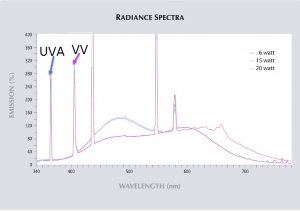
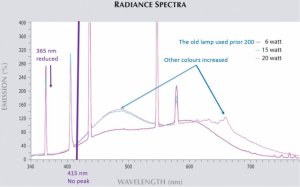
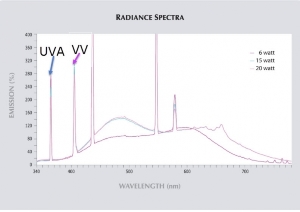
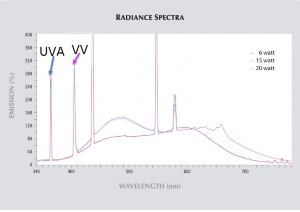


300x240.png)